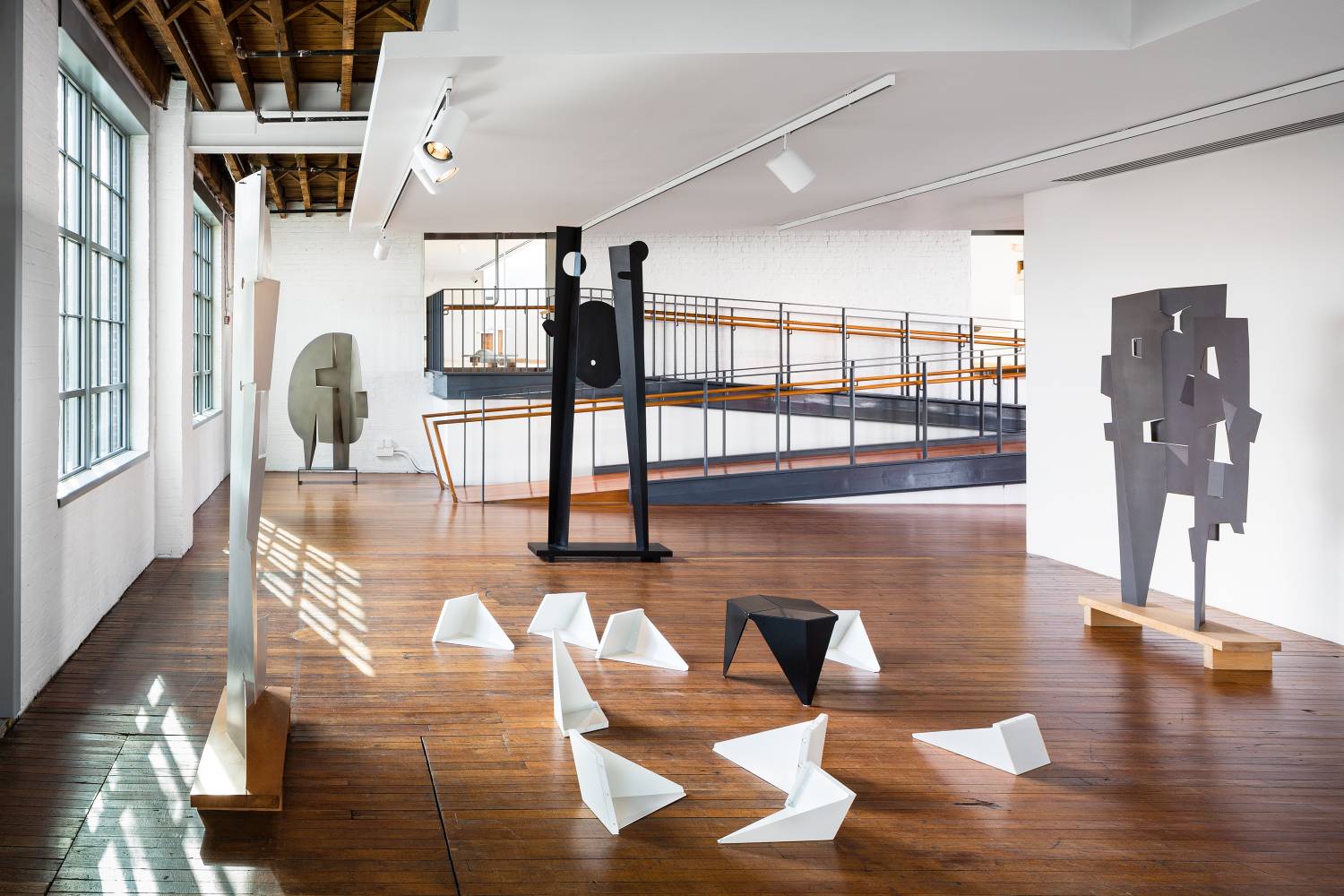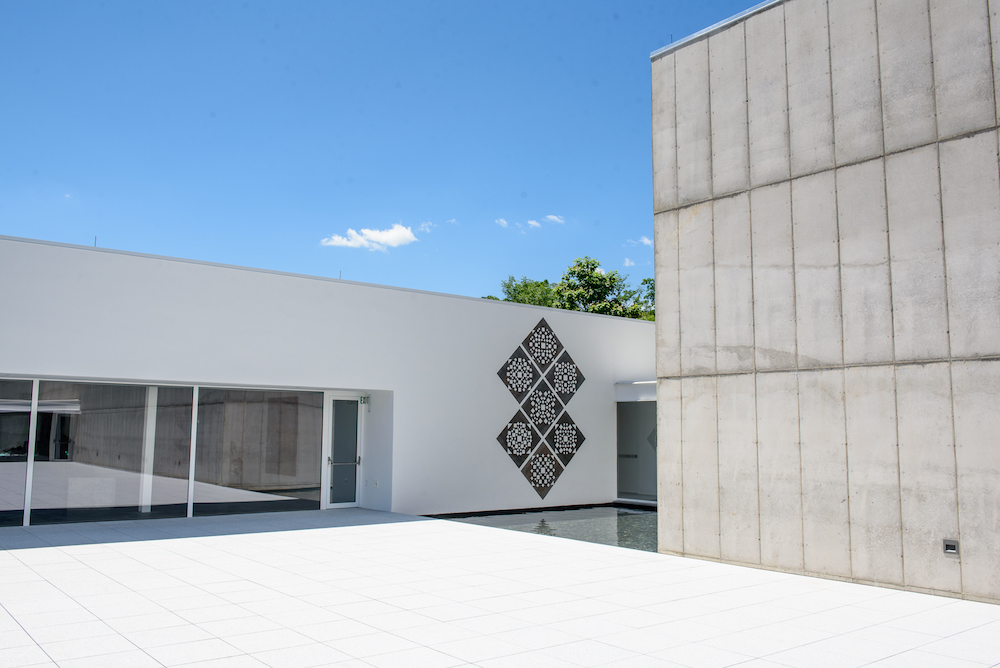BOSCO SODI
Bosco Sodi (b. 1970, Mexico City) is known for his richly textured, vividly colored large-scale paintings. Sodi has discovered an emotive power within the essential crudeness of the materials that he uses to execute his paintings. Focusing on material exploration, the creative gesture, and the spiritual connection between the artist and his work, Sodi seeks to transcend conceptual barriers. Sodi leaves many of his paintings untitled, with the intention of removing any predisposition or connection beyond the work’s immediate existence. The work itself becomes a memory and a relic symbolic of the artist’s conversation with the raw material that brought the painting into creation. Sodi’s influences range from l’art informel, looking to artists such as Antoni Tàpies and Jean Dubuffet, to master colorists such as Willem de Kooning, Mark Rothko, and the bright hues of his native heritage.
What does ‘culture’ mean to you?
Culture connects us to our core self. It makes people better individuals while broadening our perspective to new ways of envisioning life. We cannot treat culture as a commodity. Culture has to be something that makes a difference for ourselves. I don’t trust the mass production of culture. Culture has to provide unique and important experiences. A more cultured humanity has much more options to choose from. The more information we have, the better decisions we can make. Through making better decisions, we have a better understanding socially and politically.
What do you believe are the key criteria for a leading culture destination?
Art, traditions, and food are for me the most important culture signifiers for a cultural destination. In the future, social compromise, sustainability, and well developed programs will differentiate the most successful cultural destinations. Institutions and locations need good programs, presentation, and architecture. I think any new cultural destination has to make an effort towards utmost sustainability. While it is the cultural promoters’ obligation to work towards it, it is just as significant, if not more, to foster education programs and social engagement within the community.
How important is digital media in creating new audiences for destinations?
It is becoming increasingly important. Digital media is faster, cheaper and immediate. People can instantly see what is happening at any location at any moment. It gives much more exposure to the destination. Social media provides harm and good to culture. The dissemination of information is very important. However, mass globalization’s damage to local identity is a very large problem.
Tell us about the lesser known cultural destination you most love and why you love them...
The Noguchi Museum in New York has great programme and it is a beautiful and quiet place to spend an afternoon. Magazzino, in NY state, is a great place to see amazing Arte Povera installed inside a charming building. Fundación Casa Wabi is my life project and a unique place with a very strong social compromise. My experience with Fundación Casa Wabi has been the most interesting for me. The experience of witnessing people traveling very far distances to see our exhibitions, our programs, and the buildings is very unique. Creating experiential art is an effective way to activate an area that did not have this previously. It brings prosperity to a region spiritually, and economically. Fundación Casa Wabi has community involvement within the core of its program. For the foundation and myself, the local community is the most important part of the general public, especially children.
How important do you think arts and culture is as a destination driver?
Arts and culture are becoming more important for travellers. People want to visit locations that have arts and culture to experience. The art of a destination can make all the difference, It can really make a trip truly special. People travel around the world looking for culture as the primary goal for their exploration. It is what defines their journey.




